This website is made possible by readers. I may earn a small commission when you buy through the links in this article at no extra cost to you. Learn more.
Details
- Price $325 for the Umeda Onyx HD at shinzotamura.com
- Weight 0.71 oz / 20 g
Overview
Born out of Osaka, Shinzo Tamura has been quietly handcrafting premium frames with a heavy lean on old-school craft and modern tech. Having lived in Japan for close to a decade now, I can say that Japan-made quality is second to none. Many of my Japanese friends who live in Singapore exclusively buy Japanese products, proof of how much the people trust their quality.
I'm fortunate enough to have experienced a few high-quality sunglasses that I still use to this day. The first “nice” pair of sunglasses after my dad's hand-me-down RayBan Aviators, was one from Oliver's People. For someone who just started working, $250 wasn't a small sum for me, but my investment paid off as it remains heavily used to this day.
I started having the chance to expand with Raen Sunglasses joining the collection. Now that I have the Tennoji Slate and the Umeda Onyx HD for review, so we'll see if Shinzo Tamura can fight for its space in my limited collection.
Style
I've tried enough sunglasses to know the type of shapes that suit my face. I've stuck exclusively to that shape, which can be found in the Tennoji and Umeda frames.
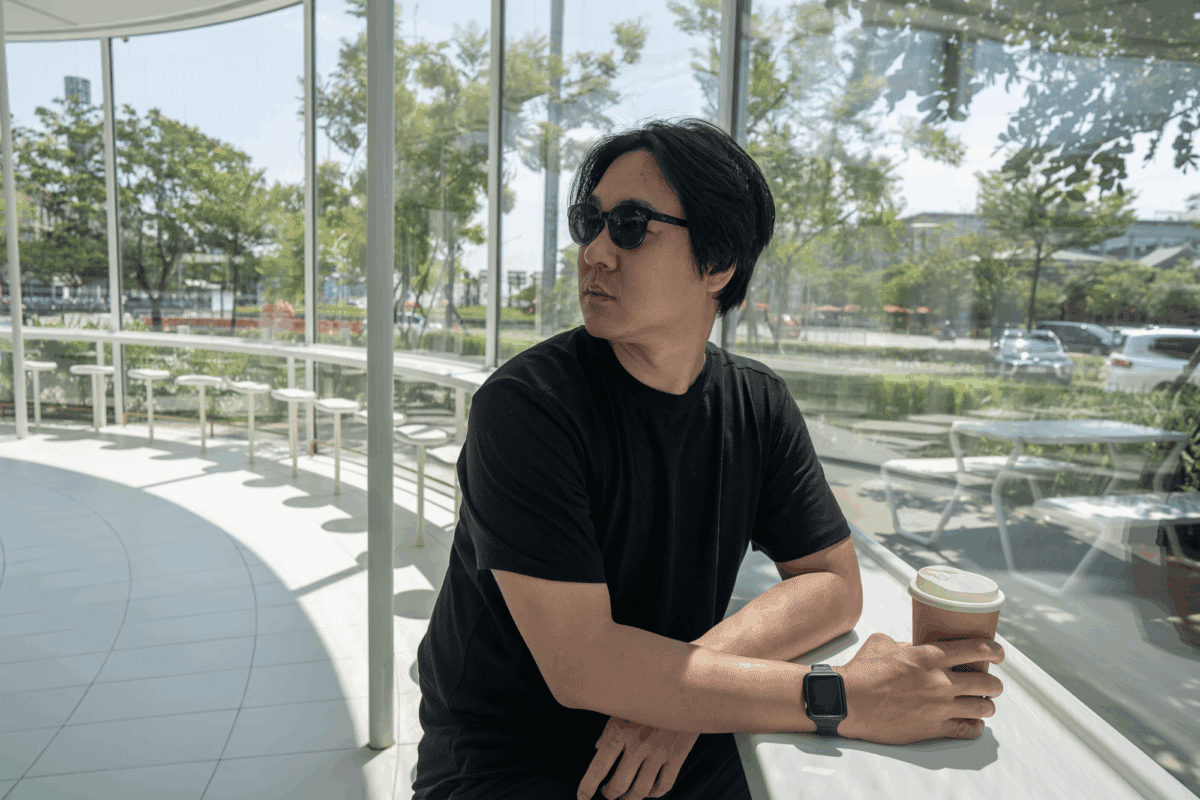
Even within the same type of shape, the Umeda looks more classic and is Shinzo Tamura's take on the timeless feel of the 1960s and 1970s. The matte black texture of the frame is right up my alley but can look like cheap plastic to the untrained eye.
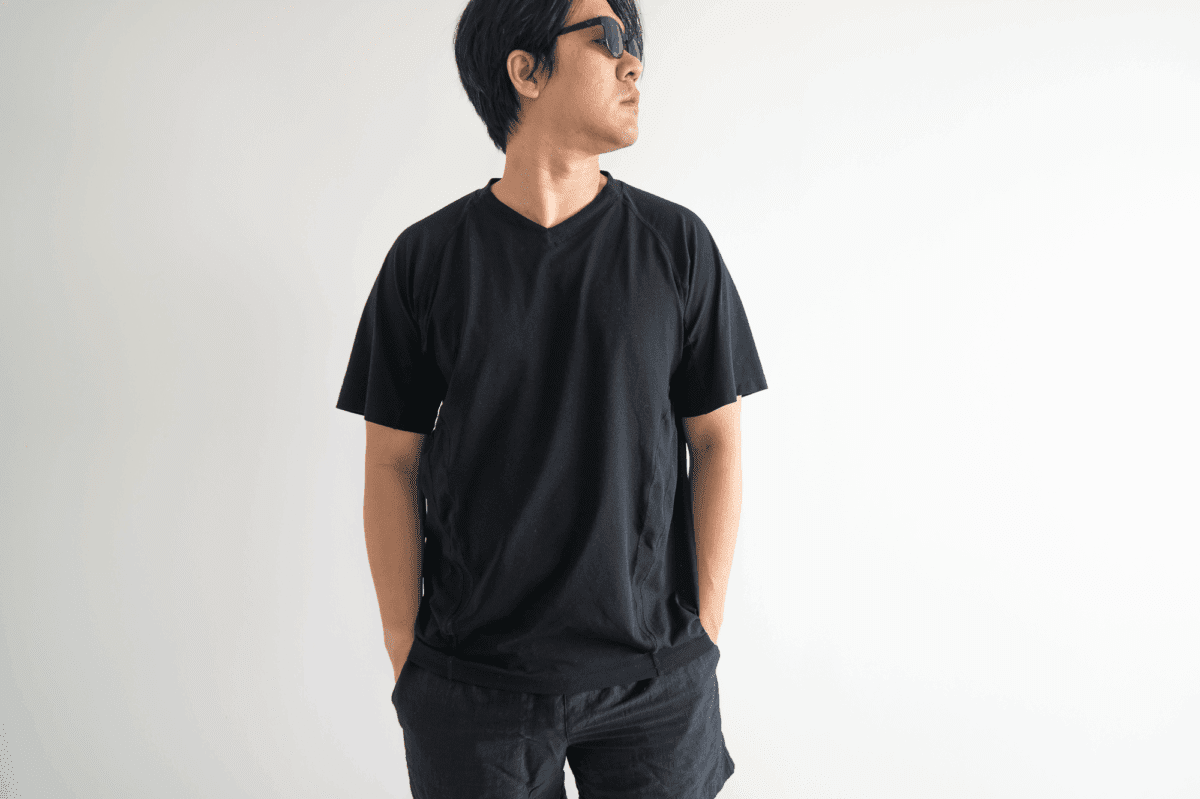
It rocks a ‘Sirmont' browline frame — thick up top, thin below — the sort of thing Don Draper might throw on if he went surfing. The browline frame is characterized by the accentuated top line which is designed to mimic eyebrows. This crossover between a Boston and a Sirmont has a bold round shape, softening the often masculine appearance of this style.
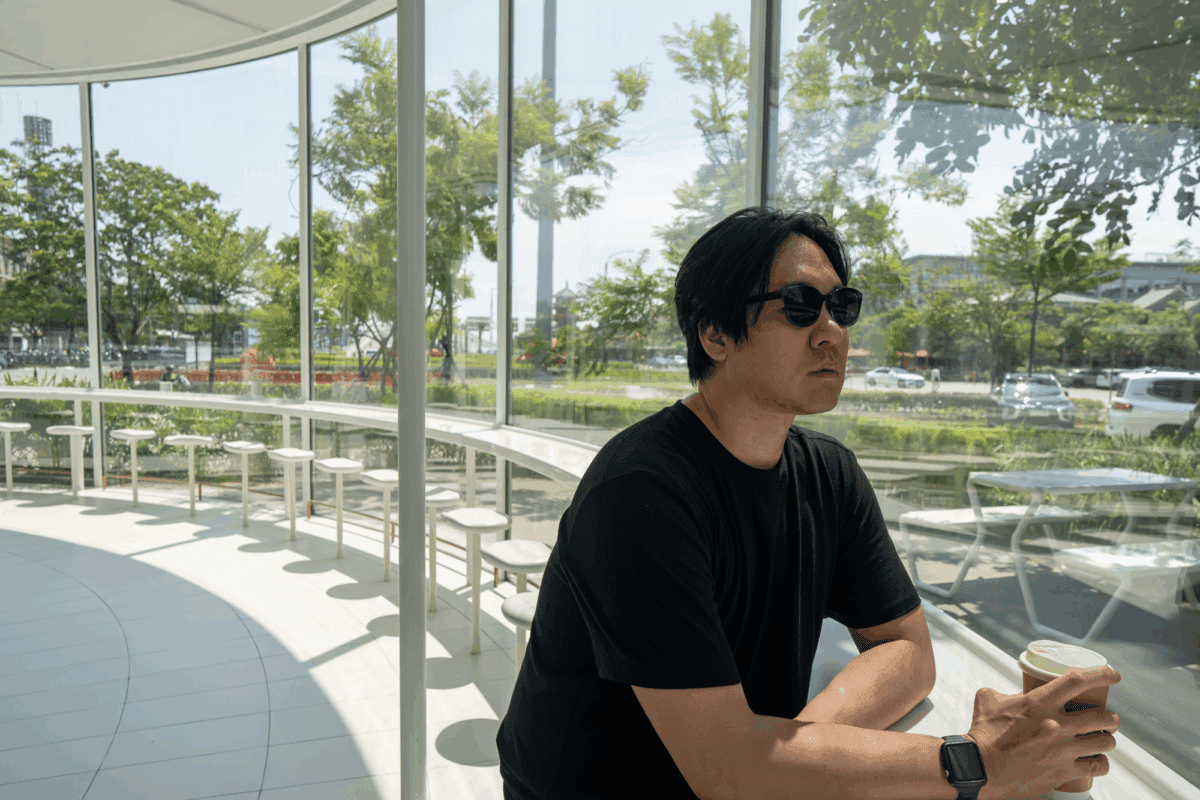
Minimal branding, clean joints, flex-fit titanium arms, non-slip nose pads that look a lot like “designed by someone who actually wore these”. The hinge design adds a little intrigue, giving it a distinctive but not attention-grabbing groove design.
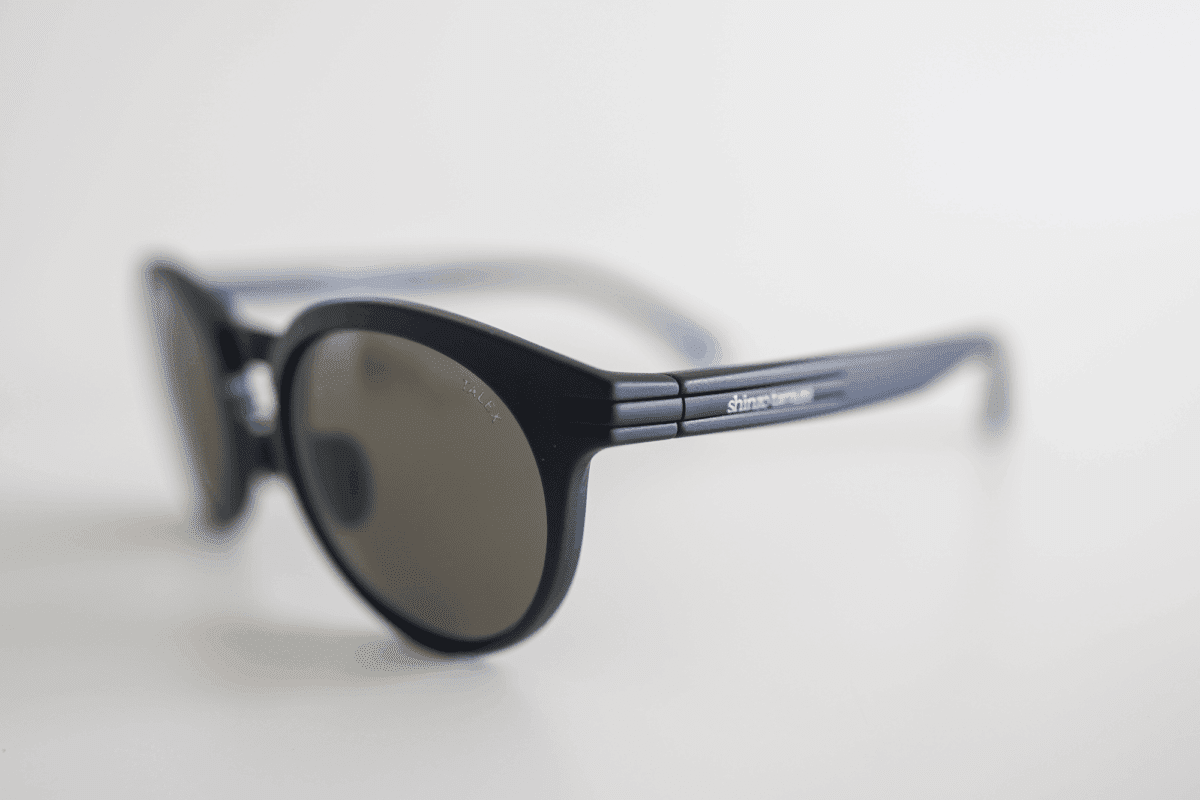
As someone who has an obsession with all-black products, the only part that I wished they held back on was the blue accent on the end of the temples.
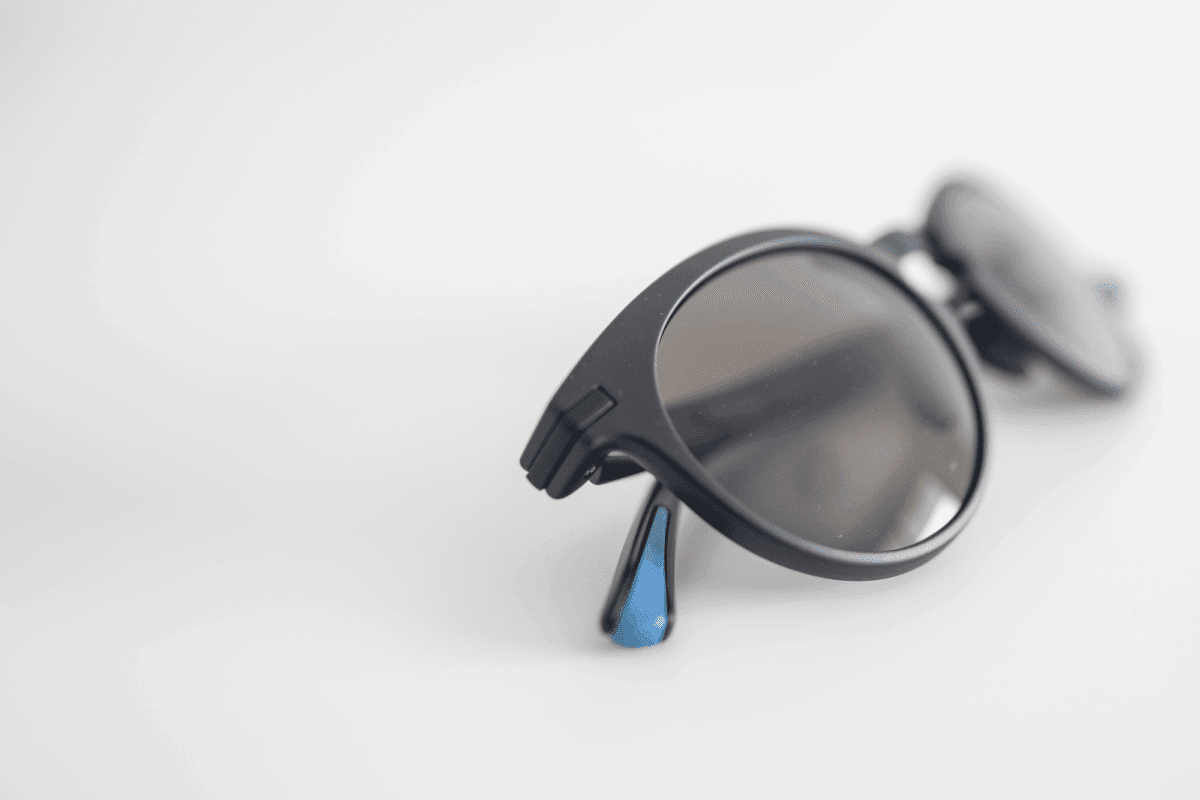
To add to that, the Onyx lens seemed more brownish than black, a subtle but noticeable detail.
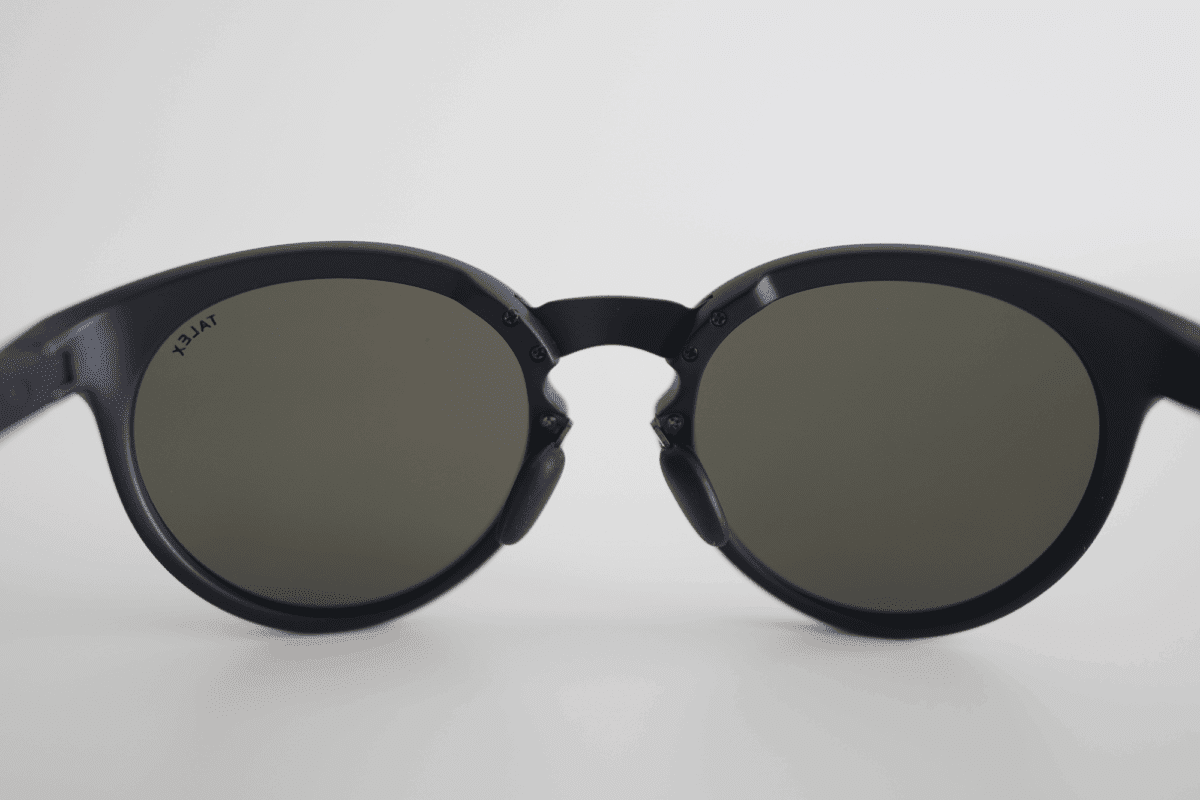
The Tennoji Slate rides more casual — lighter on the face, and less aggressive on the design front. In Japan, the blend of the classic Wellington and the softer Boston frame is called the “Boslington,” a style that feels familiar without being stale.
This used to be an ad.
But no one likes ads, so I got rid of them. If my articles helped you, I ask for your support so I can continue to provide unbiased reviews and recommendations. Every cent donated through Patreon will go into improving the quality of this site.
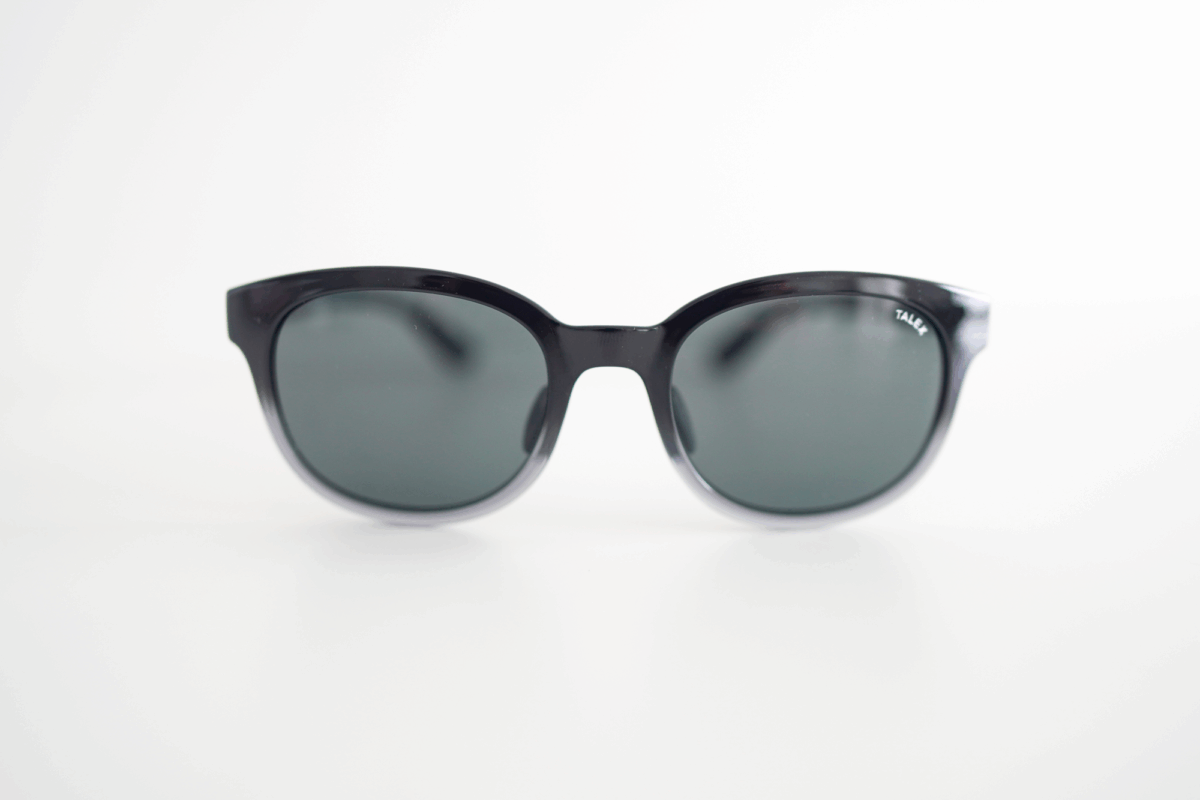
Inspired by Persol and Prada classics but stripped of the drama, these felt like a lazy Sunday — comfortable, good-looking, and unbothered by the hard sun. The frame has a gradient, descending from a deep black to a cool gray, adding a little character. I seldom like products I wear to have any features that might draw attention, but I think this design choice stays within my threshold.
On Tennoji, are markings like the logo and “POLARIZED LENS BY TALEX” on the insides of the wearer's right temple.
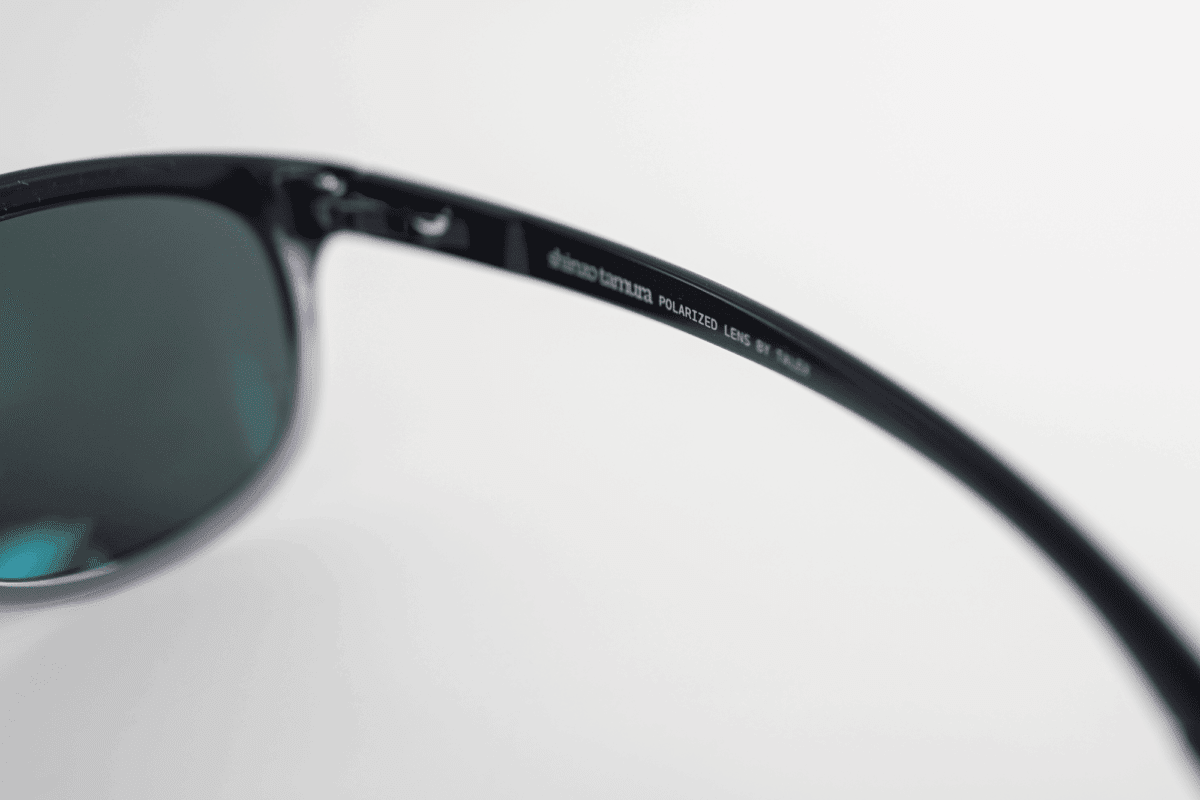
The logo is much more subtle, using the “closed eye” icon, unlike the Umeda with the full word logo on the outside.
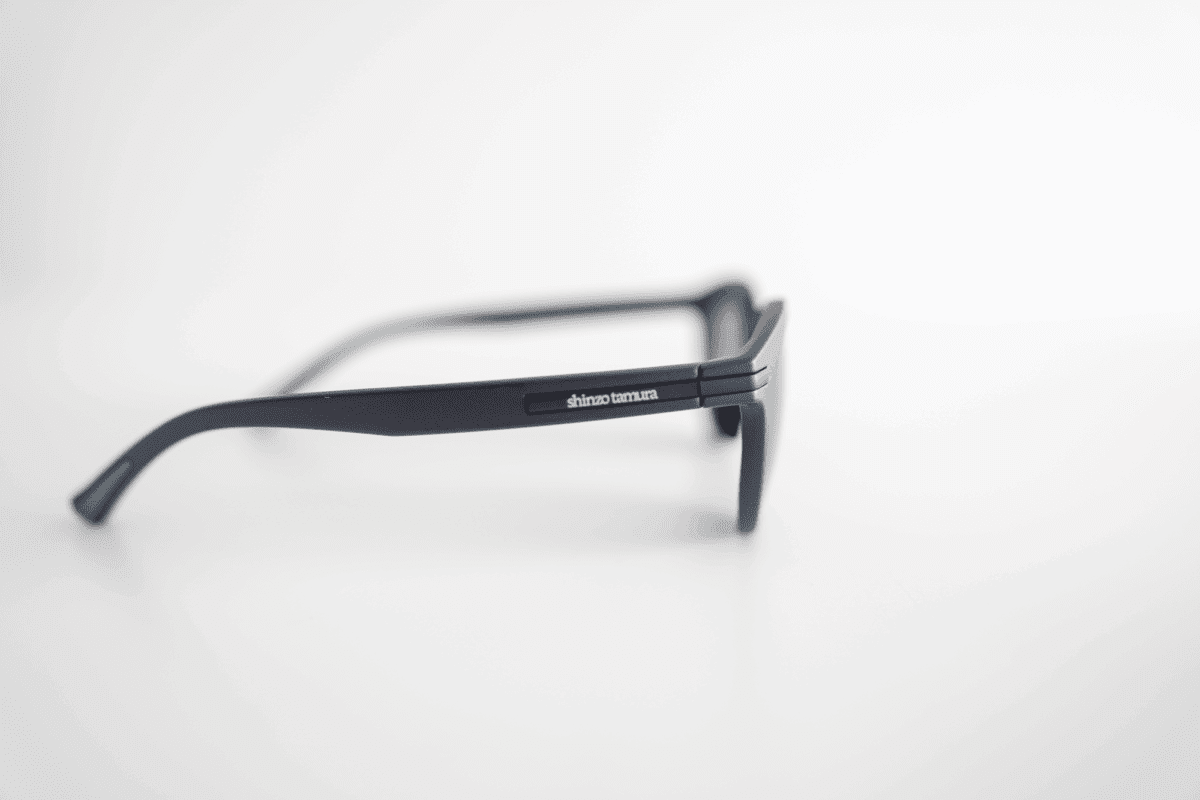
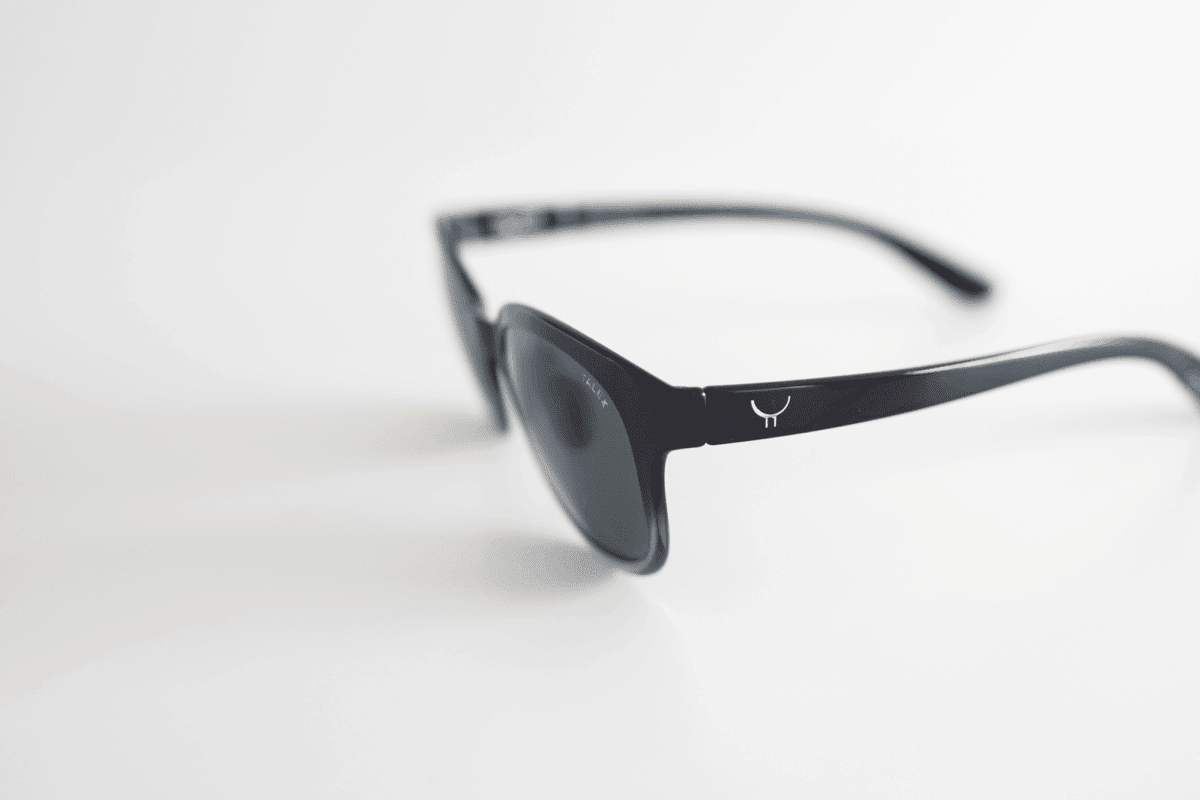
What's less forgivable is that Shinzo Tamura felt the need to have the “TALEX” etched on the lens of their sunglasses. While you won't notice it wearing the sunglasses, I thought it was highly unnecessary to have a brand, however small, on your face. To be fair, I feel the same with embroidered GORETEX logos on my jacket.
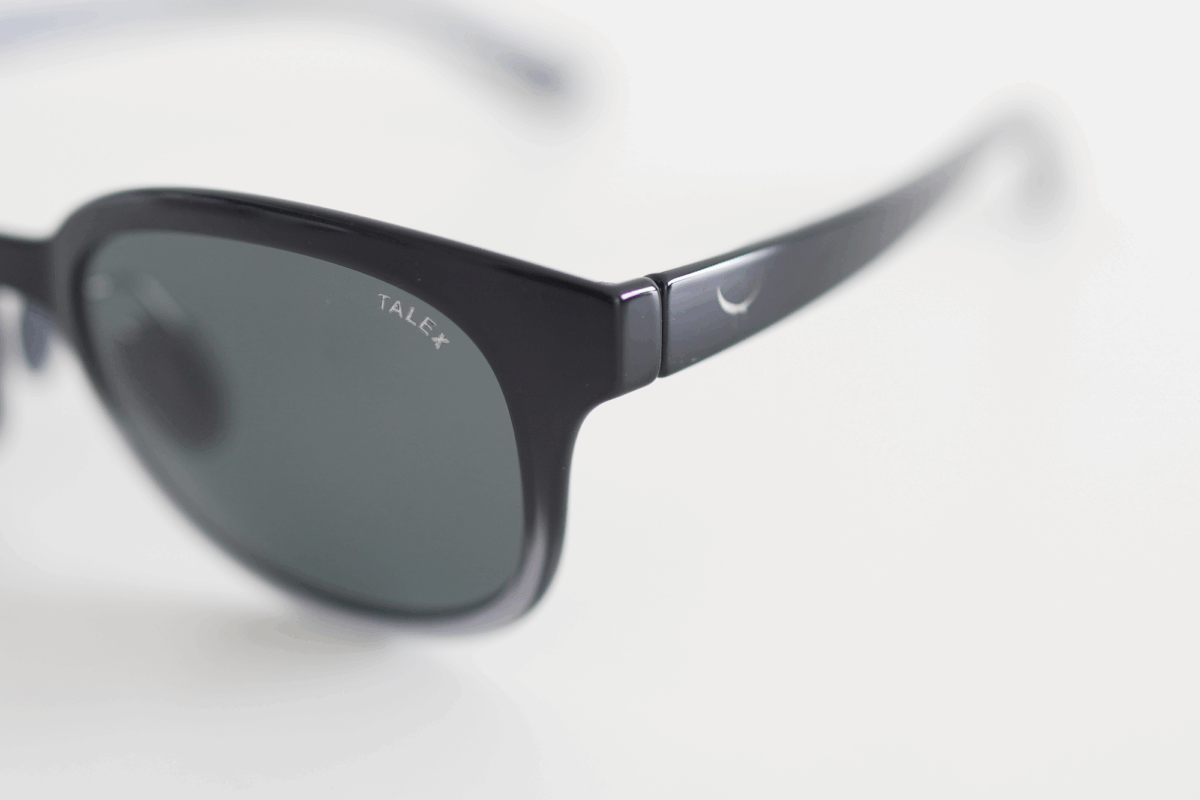
The glasses come with a pouch, which is, unfortunately, pastel and not quite in line with my color palette. They look functional and stylish for those who are not as obsessive about keeping a single color palette.
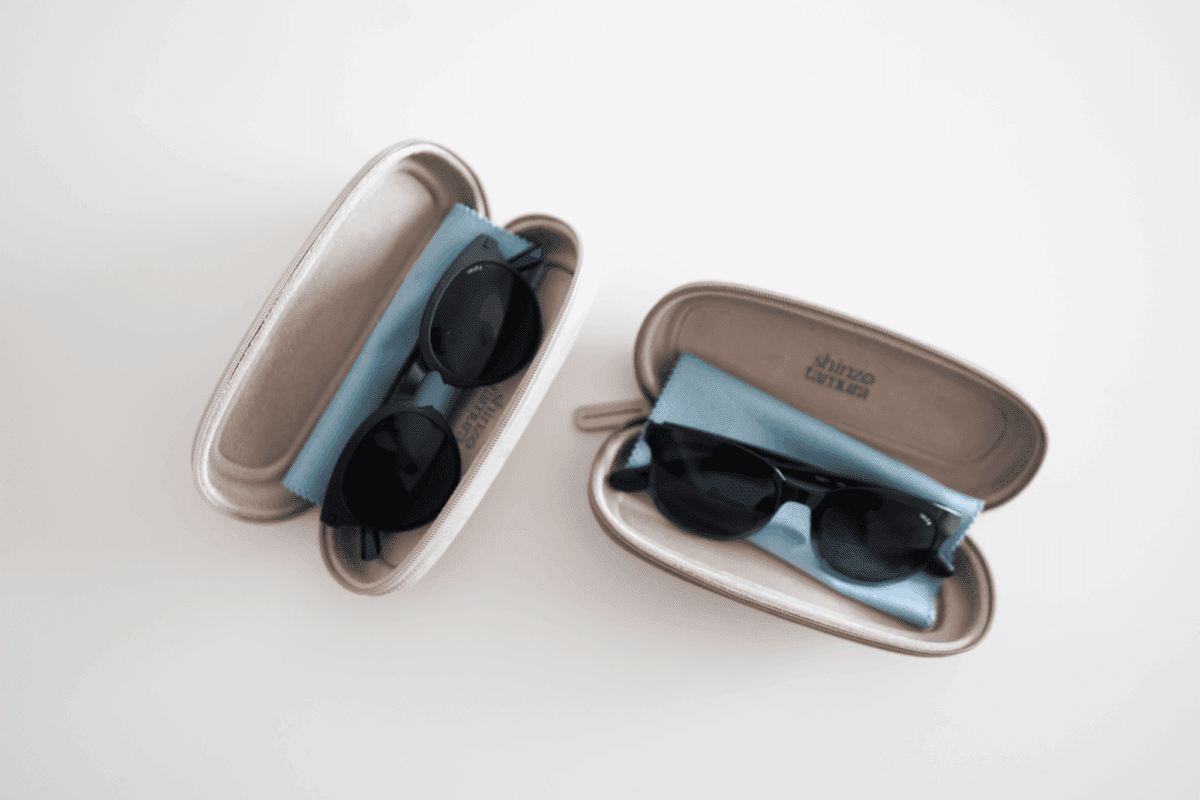
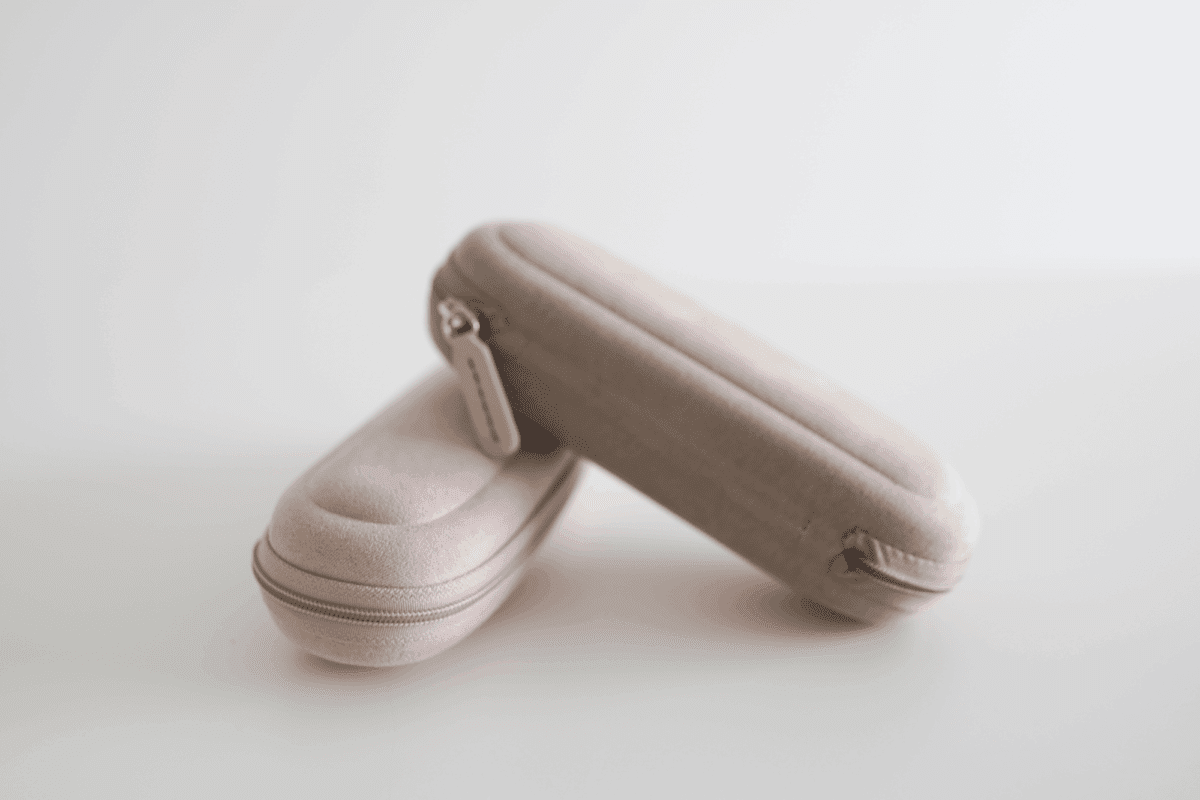
Out of the two frames, the Tennoji fits my face shape a little better and does feel a little more premium than the Umeda.
Material
Both models use TALEX polarized lenses, the crown jewel here. TALEX cuts 99% of UV rays, but the party trick is in their nine-layer build — laminated in such a way that distortion becomes a non-issue.
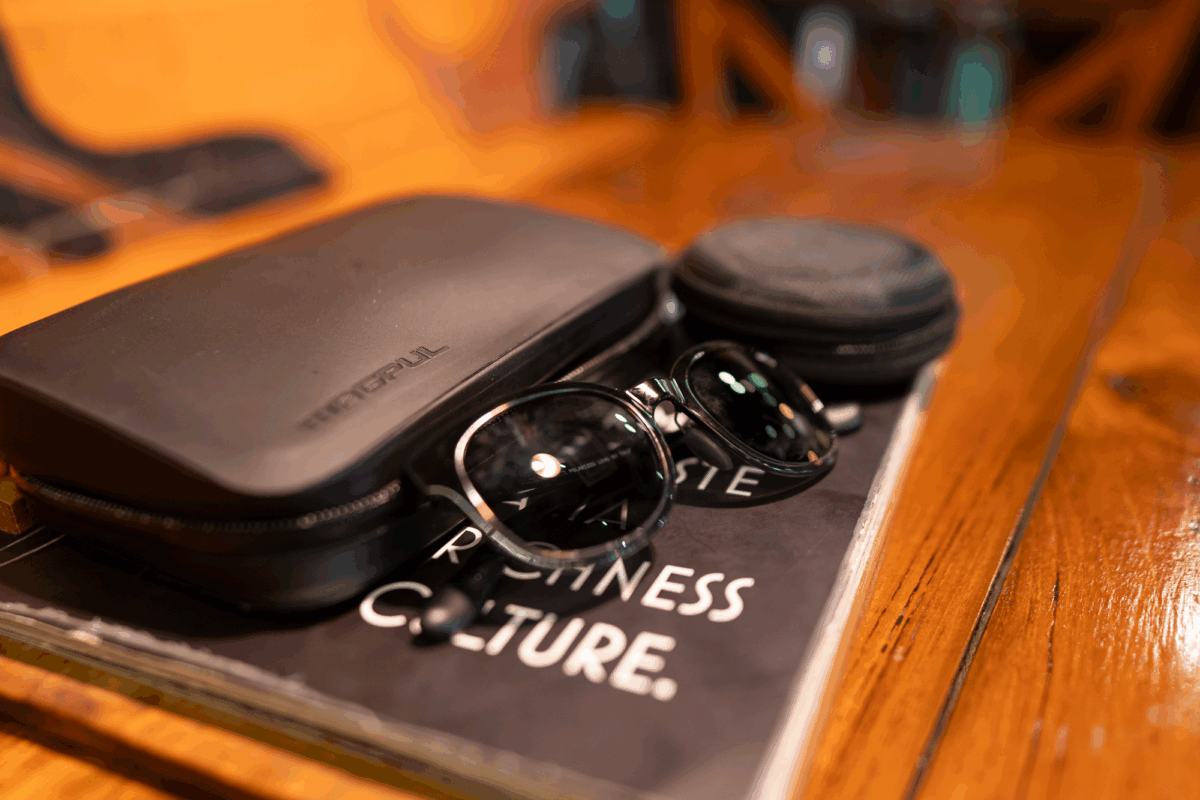
The Umeda has a HD and HD-M model. The HD version is a High Definition lenses that feature a unique combination of properties that ensure an enhanced performance to conventional polarized glasses.
I designed a thing.
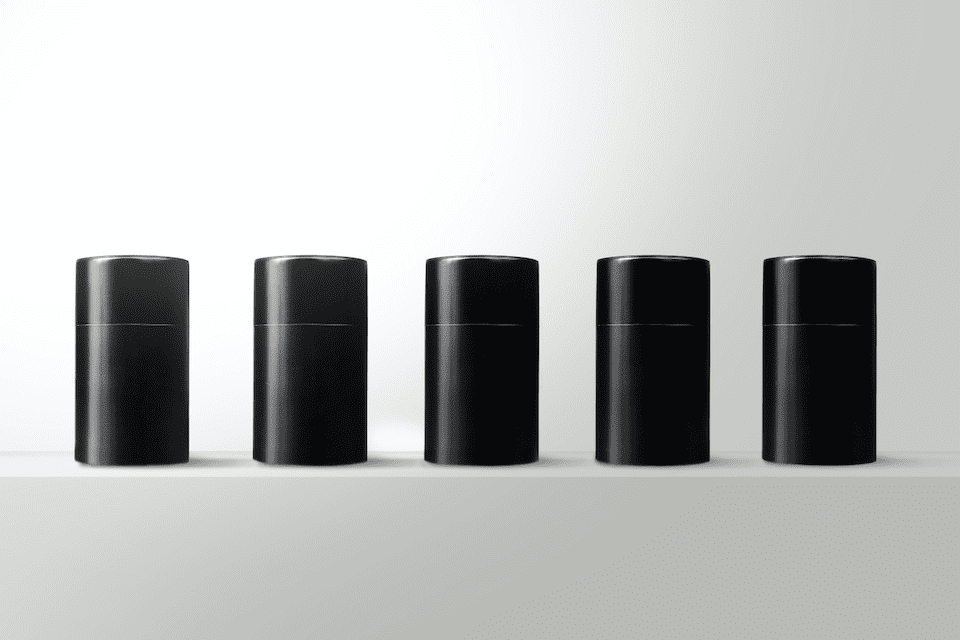
I found a 100 year old company that would create these heirloom quality canisters for me. They are handmade and will keep your tea leaves, coffee beans or anything that you need dry for years to come.
or read review
The HD-M lens has a silver vacuum deposition mirror coating applied, where visible light transmittance is reduced by about 5%, providing a clear view in high-glare environments compared to the standard multilayer coating. It, however, gives a mirror look to the lens that I don't quite fancy,
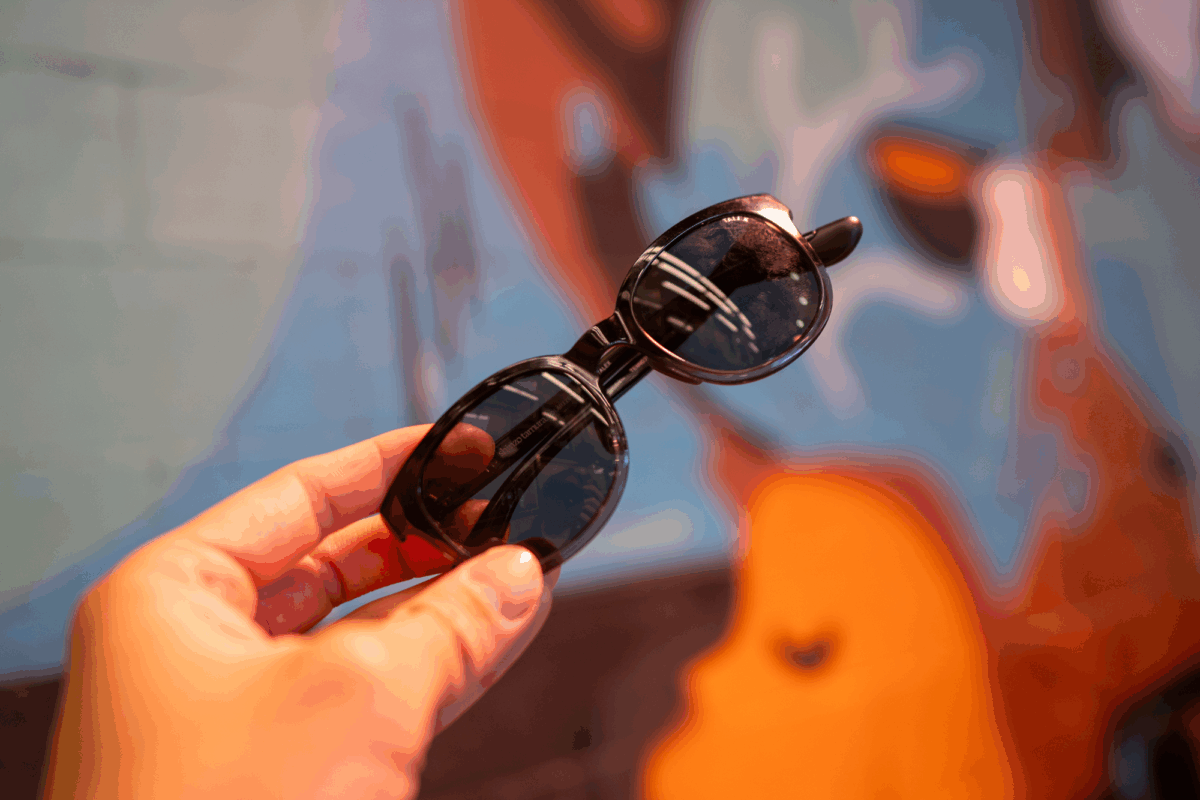
Frames are made from non-aging nylon, an ultralight material that resists warping, cracking, and all the sad things that happen when you leave sunglasses in your car in July. Titanium temples keep things featherweight but resilient, flexing just enough without snapping like a breadstick.
Usage
The Umeda Onyx HD feels like tactical gear disguised as fashion. You throw it on, and suddenly harsh midday sun looks like something out of a muted indie film.
Even after a week in Jakarta's gnarliest sun, the glasses gave me some zero-strain comfort even though I could not win the battle against sweatiness.
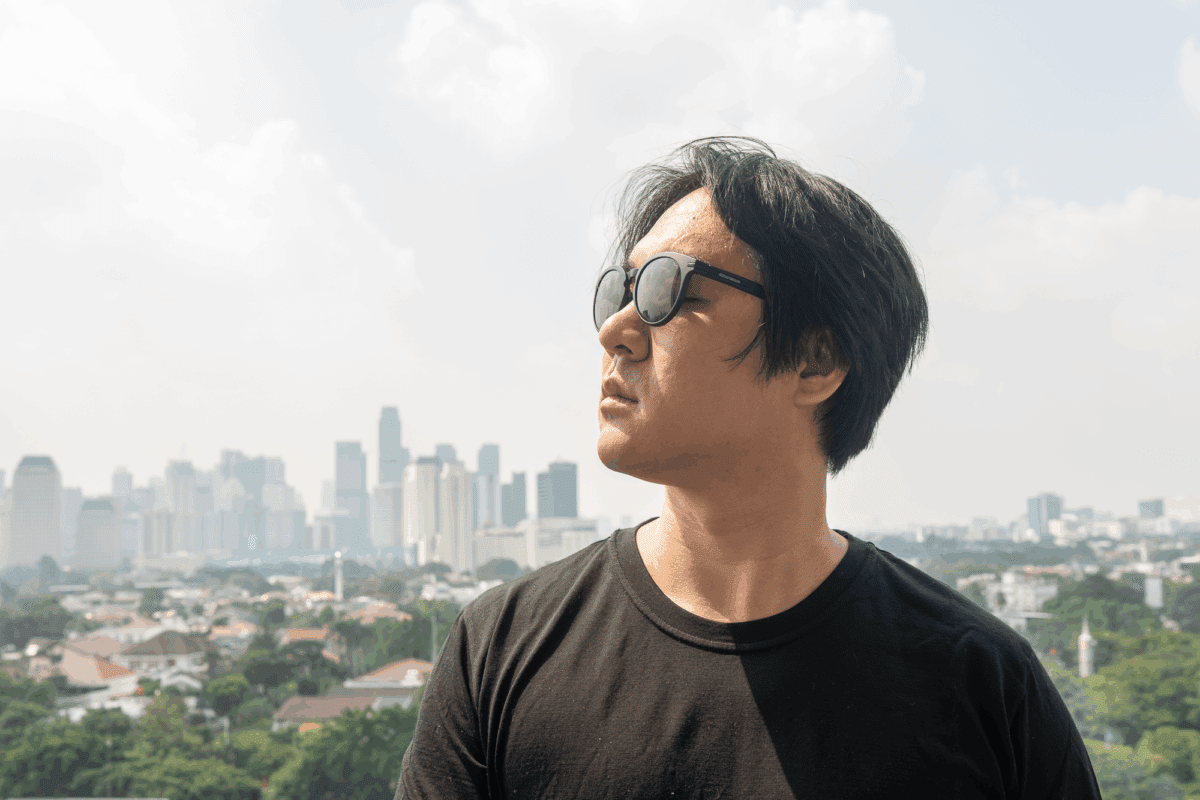
The Tennoji doesn't have an HD option but in the past week of usage, my eyes felt as comfortable. A longer testing period with both might be required to see if the HD version is worth the premium.
Both glasses felt light and secure without causing any discomfort despite the extended time on my slightly wider face, with one exception—the nose pad grips.
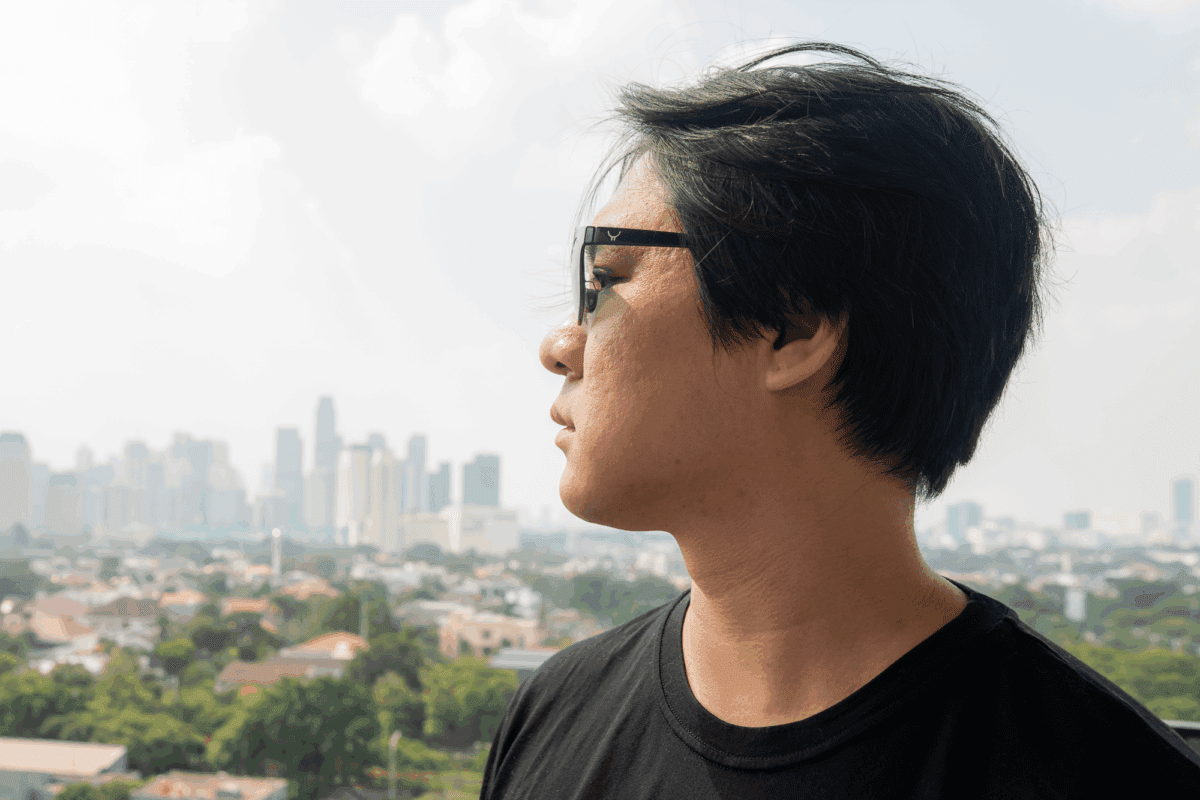
The nose pads grip even when you're sweaty, and the frame stays planted during the most vigorous of travels, never moving as much as a millimeter. They are a double-edged sword as they do apply pressure on my nose bridge, so much so that I feel sore after removing it even after a short time.
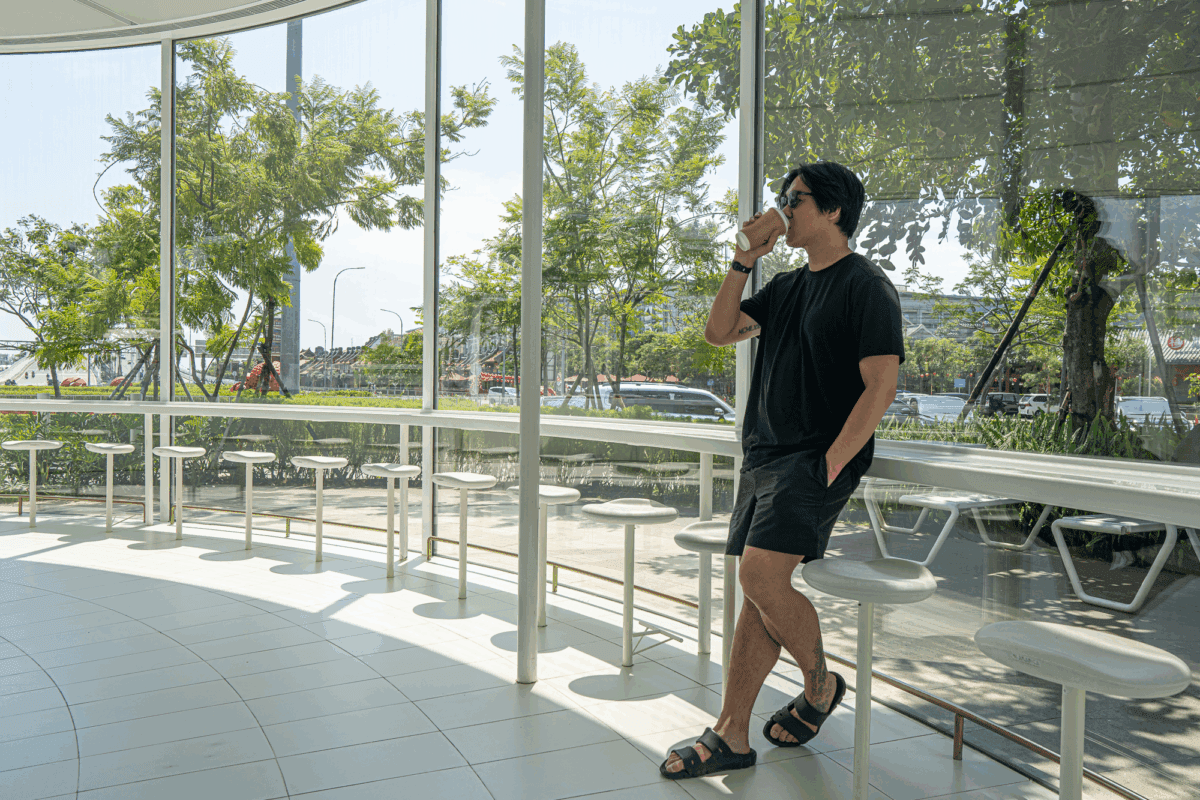
Conclusion
If you’re into high-performance shades that don’t scream for attention, these are for you. They’ve got the tech, the comfort, and a design that quietly flexes. Just be ready to overlook the branding details—and maybe the sore nose bridge.
Additional Images
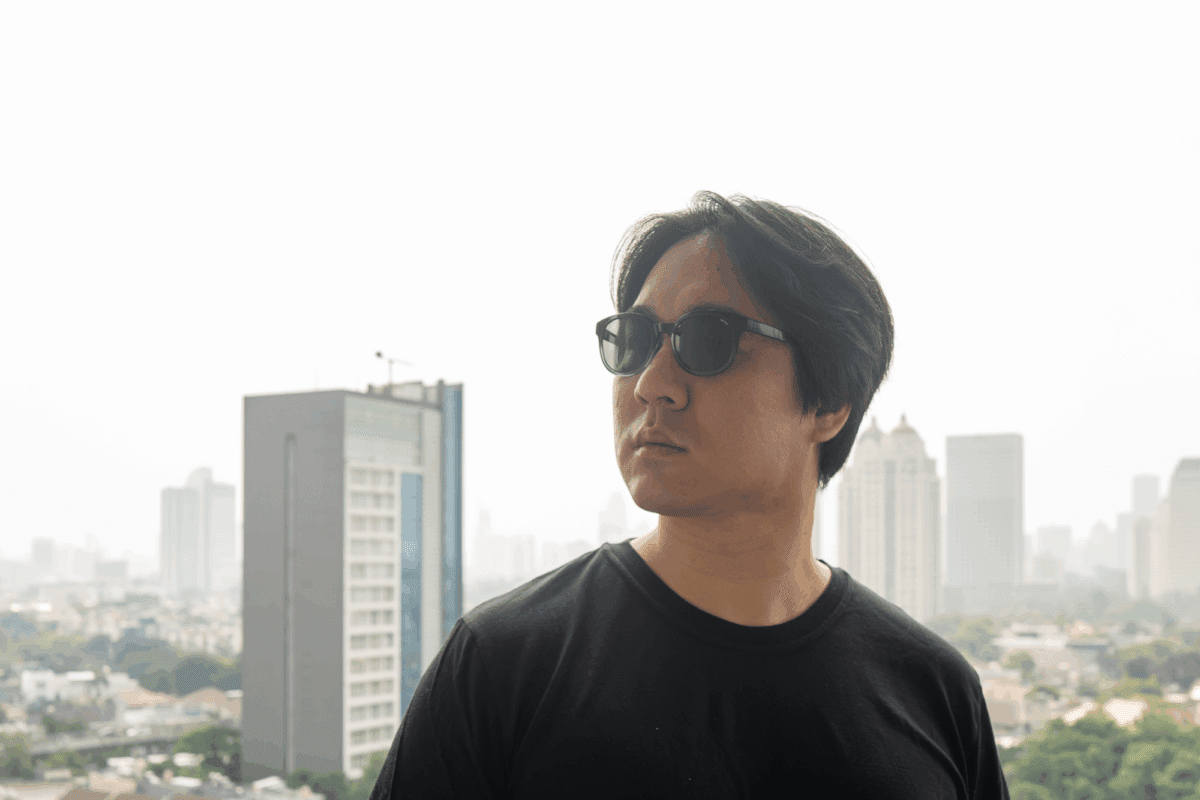
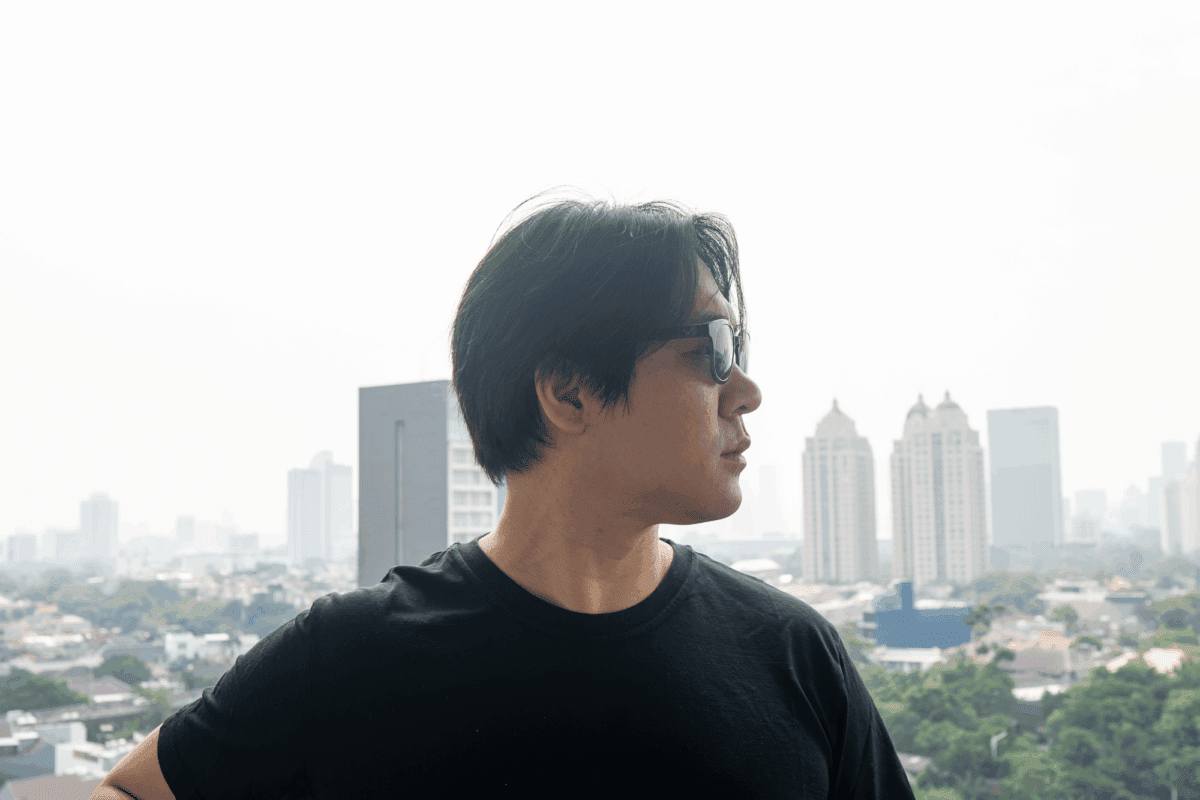
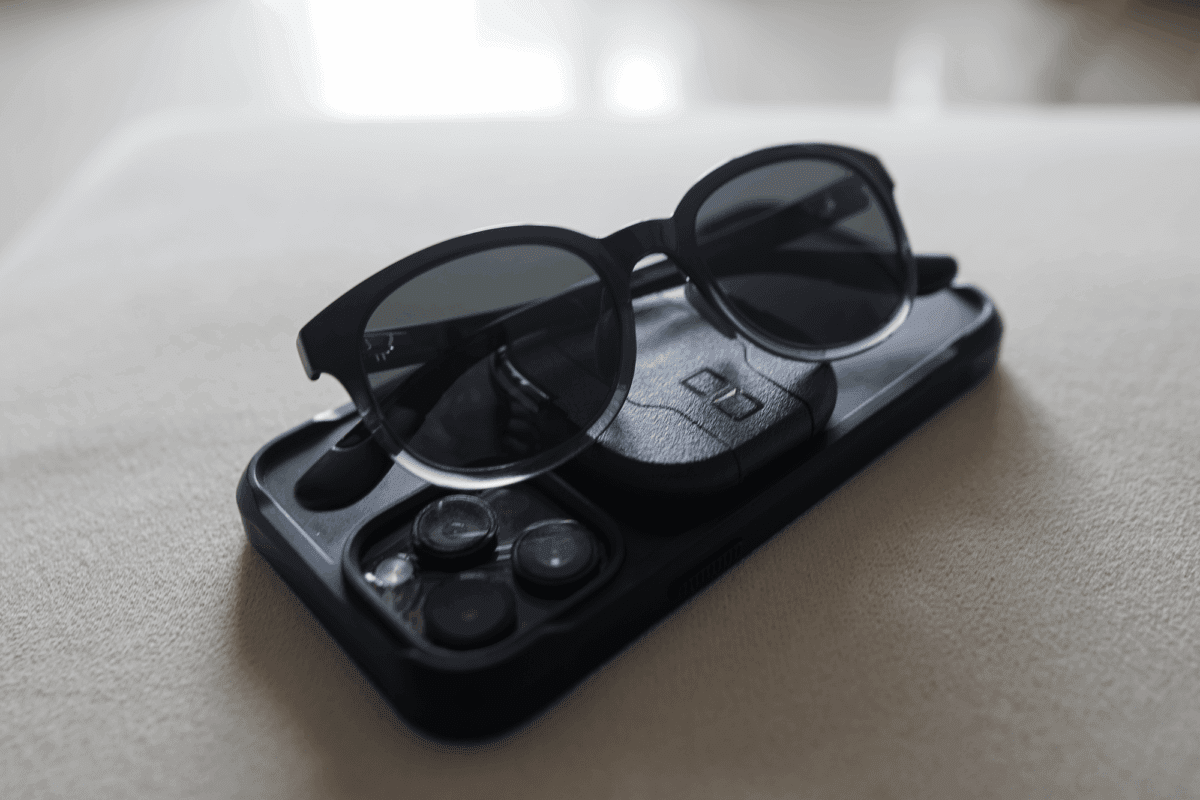
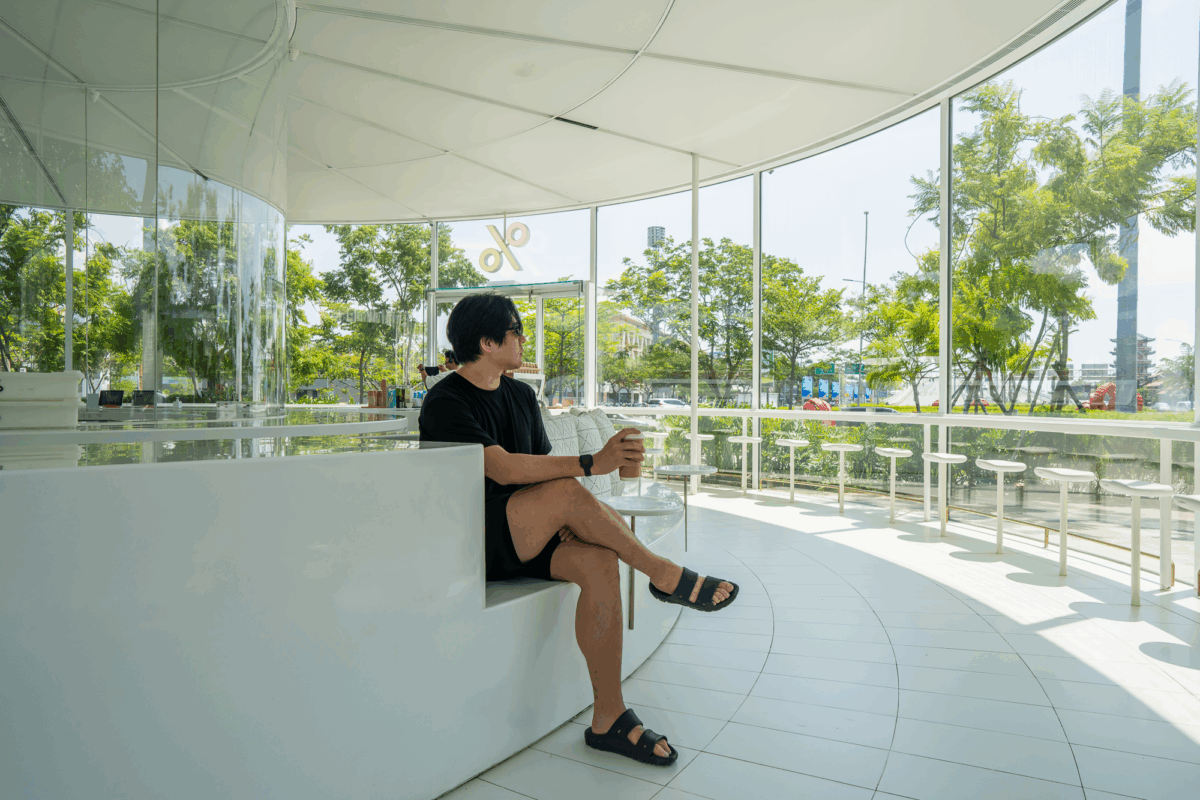




Like this review? See all of my in-depth reviews.
Also, consider supporting me by being a Patreon. Every cent given will go back into improving the content of this website.
Tagged accessory review shinzo tamura sunglasses